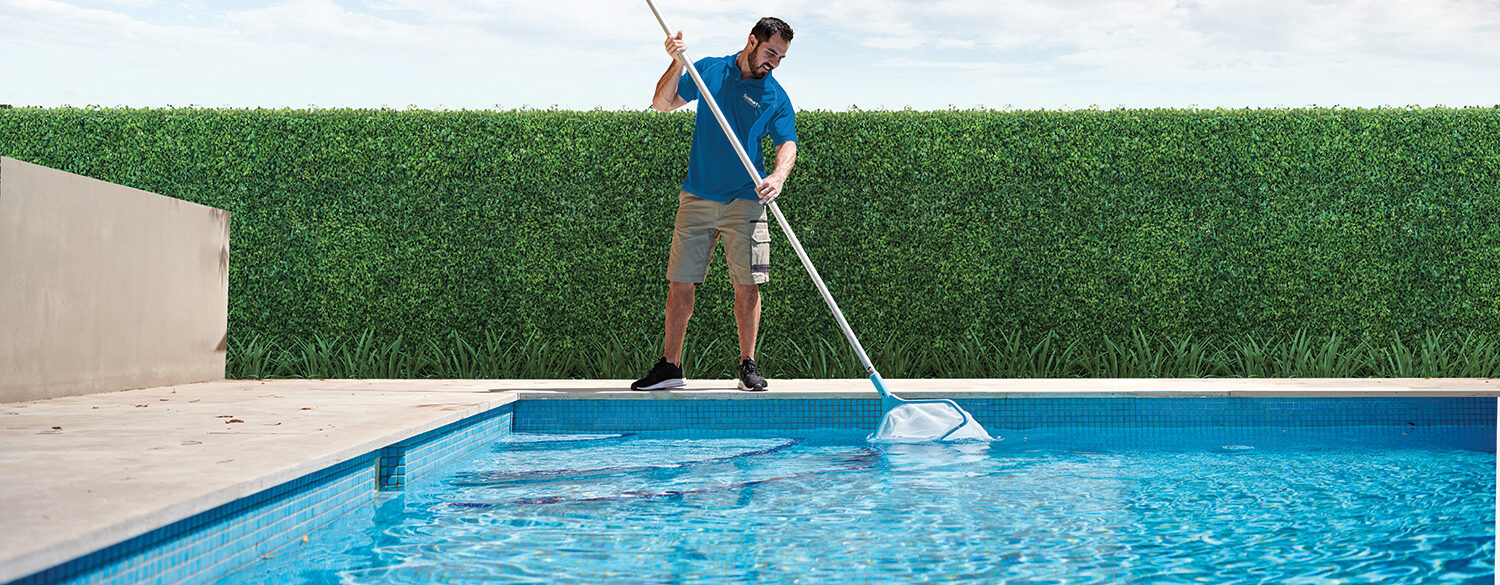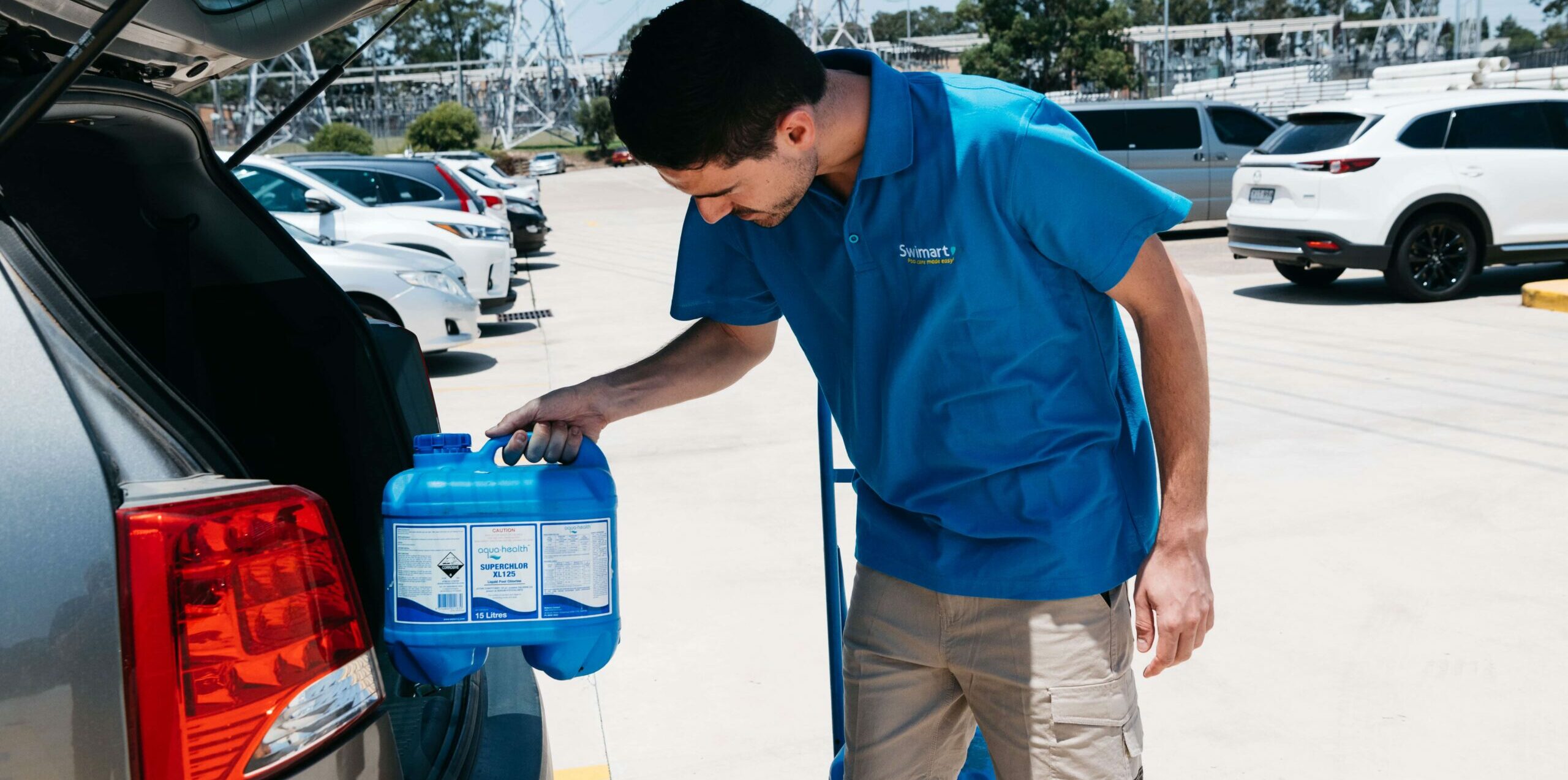Product Info
Tackling the effects of humidity
8 January 2013
After enduring a summer of record breaking temperatures, chances are you are feeling the effects of the heat; but it’s also a possibility your pool is suffering too. February is traditionally one of the most humid months of the year, which means conditions for algal blooms and other water balance problems are ‘just right’.
Maintaining your pool during and after these hot summer months can be a bit tricky, so here are Swimart’s tips for keeping your pool sparkling through till next summer.
A not so pretty bloom
As the hot weather continues, pool owners across Australia may find their pool suddenly taken hostage by a red, black, or green algal bloom. According to Swimart’s Peter Allen, treating your pool quickly is essential, as sudden algal blooms can cause greater damage to the pool and its equipment than you might think.
“Algae blooms in the heat and multiplies rapidly on warm, sunny days,” Peter explains. “In addition to clogging up sanitation pathways in the water, algae also clog up the pores in a filter, decreasing filter effectiveness and requiring more backwashing or medium replacement.

“Chlorine is the best defense against algae – particularly at the moment, with the continuing hot weather. And if you have a salt pool, you can use the ‘super chlorinate’ button on your salt chlorinator to fix the problem.”
Keep your balance
In order to prevent and make it easier to manage the growth of algae in humid weather it is essential to keep your pool’s pH levels properly balanced with chlorine, as either a low or high reading can cause problems.
“The hotter the weather gets, the more the pool is used and, as a result, more chlorine is required to keep it sanitised,” says Peter. “Pools aren’t cooling down overnight, so the chlorine demand remains high.”
However, high humidity can make it harder to maintain chlorine levels in your pool, which can affect the pH balance. Signs that your pool may have a higher pH level than normal include scaling forming on the surface of the pool and the salt chlorinator, whereas low pH levels may hurt the eyes and skin of swimmers.
Adding an acid or alkaline treatment depending on your needs will help ensure the pH levels in your pool are returned to normal.
Phosphates
Another issue that can be made worse by warmer weather is the level of phosphates in the water. Phosphates mainly enter the pool through bird and/or bat droppings, swimming costumes and clothing that are washed with detergents containing phosphates, and water washed off roofing. Phosphates act as feed for algal blooms, helping them spread through your pool’s water quicker.
“The safest approach is to take a pool water sample from below elbow depth to your local Swimart store to check it for balance and sanitisation,” Peter adds. “Chlorine alone can’t eliminate phosphates. However, a chemical called Phosphate Starver will eradicate the phosphates so the chlorine can work on killing the algae.”
Visit your local Swimart for further advice, water testing and pool cleaning services.
HOW TO FIX IT

Whether you have imbalances in pool pH or phosphates, or an algal bloom that is making swimming an unattractive prospect, Swimart has a range of products and services that can help you solve your problem:
- Pool Shock
- Superchlor XL125
- Chlorine Concentrate
- Tropical Strength Algaecide
- Liquid pH Decreaser
- Alkalinity Increaser
- Phosphate Starver


 AUS
AUS NZ
NZ 




